ja@webdbmf.org
PROPOSED STRUCTURE
W.E.B. Du Bois Museum Complex

As shown in the conceptual design, the completed W. E. B. Du Bois Museum Complex at No 22 First Circular Road, Cantonments, Osu, Accra, Ghana, will have these major structures:
Retail Pavilion
Memorial Pavilion
Outdoor Auditorium
Du Bois House
Institute Building
Marcus Garvey Guest House
The Entrance
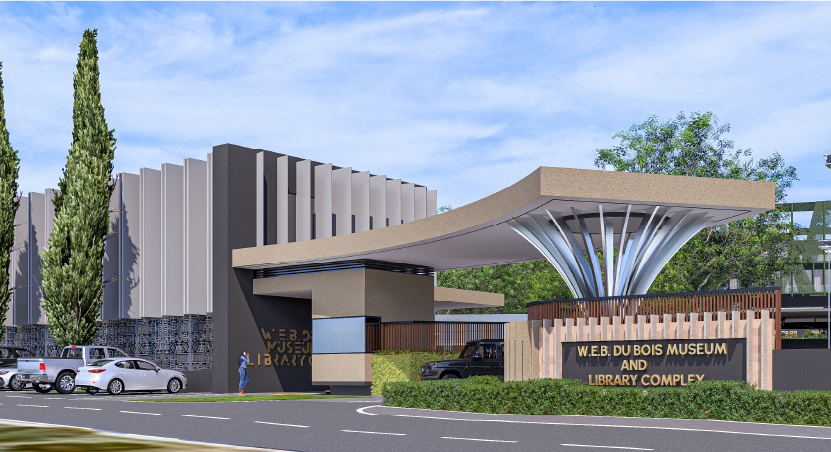
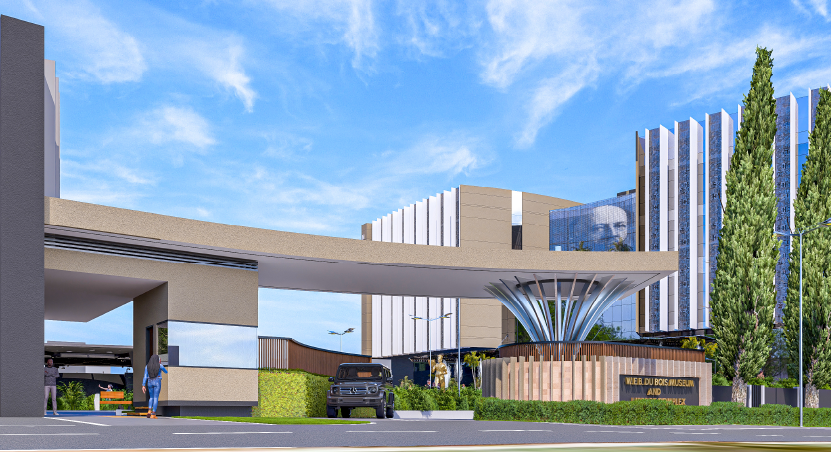
The entrance to the W. E. B. Du Bois Museum and Library Complex is both architecturally striking and symbolically powerful. Designed as a bold, contemporary gateway, it sets the tone for the transformative experience within. It reflects openness, growth, and enlightenment—a fitting tribute to DuBois’s legacy as a scholar, activist, and visionary.
The clean, modern lines of the façade and signage reflect the museum’s forward-looking mission, while the earthy tones and landscaped surroundings ground it in a sense of place. As the first point of contact, the entrance not only welcomes visitors but also communicates dignity and purpose.
Akwaaba (Welcome) Pavilion
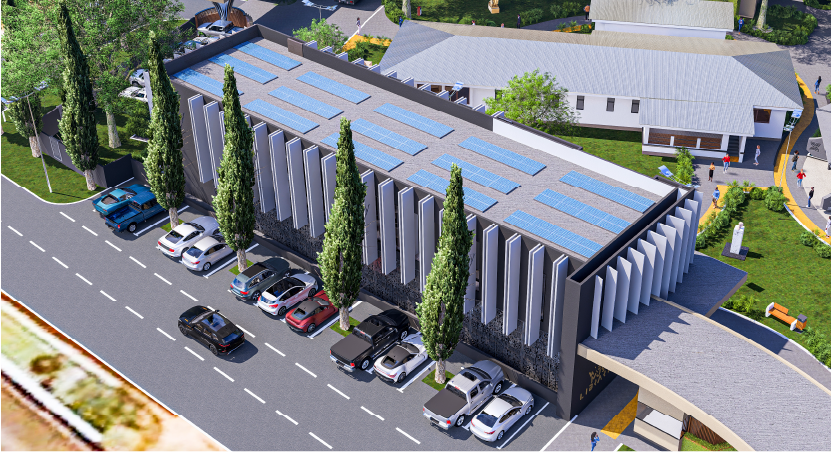
The Akwaaba (Welcome) Pavilion would orient visitors, inform, engage, as well as accommodate waiting guests with comfortable seating and shade. It would include the following essential facilities:
- Reception and Information Desk
- Waiting and Orientation Area
- Toilets and Restrooms
- Security and Screening
- Retail and Refreshments
- Accessibility Features
- Emergency and Safety Provisions
The space is designed to feel welcoming, informative, and accessible, offering a smooth transition into the museum and library experience.
W.E.B and Shirley Du Bois Mausoleum (TOMB)
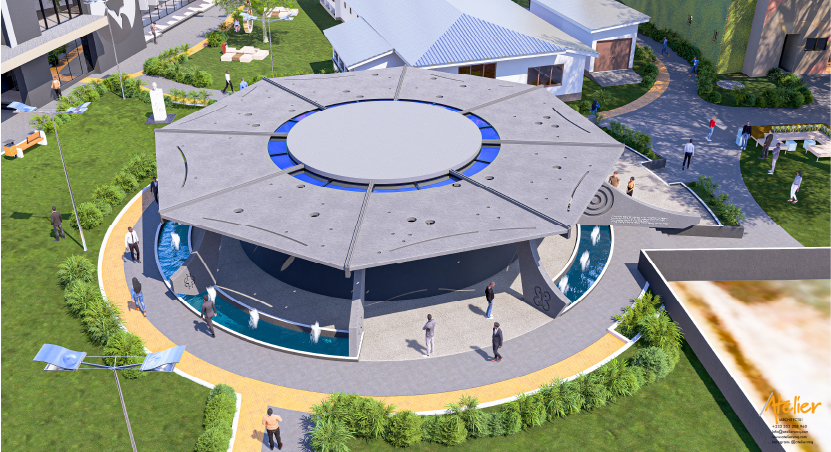
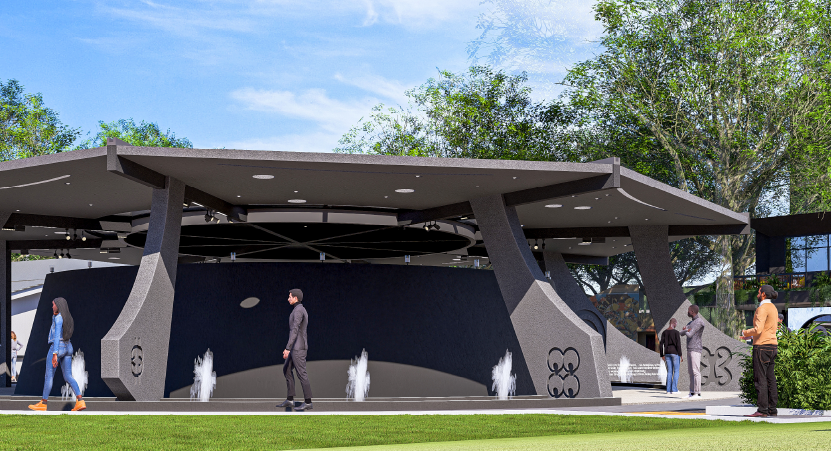

The design evokes the translation of the initials of Dr. Du Bois – W.E.B into a spider web. It is a symbol of the gifted scholarship and intelligence of Dr. Du Bois, the first person of African descent to earn a PhD from Harvard University in 1895.
The Mausoleum (Tomb) will house the mortal remains of both Dr. W.E.B. Du Bois and Shirley Graham Du Bois, and it will be the most dignified, solemn, and revered structure on the site.
The Du Bois House
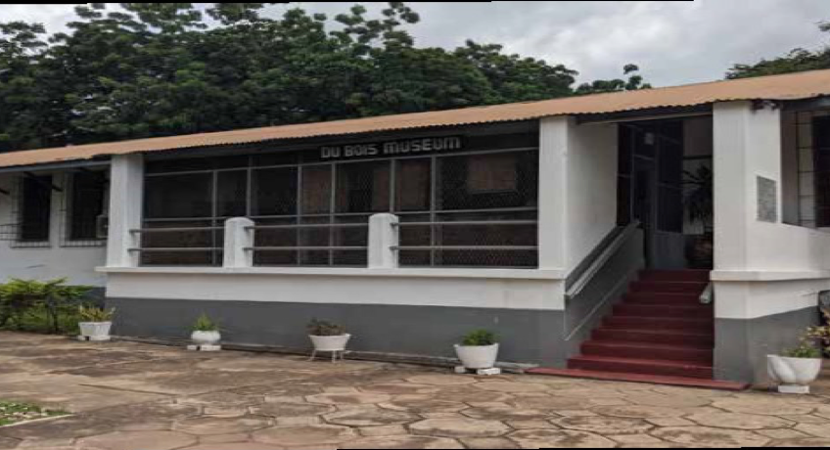
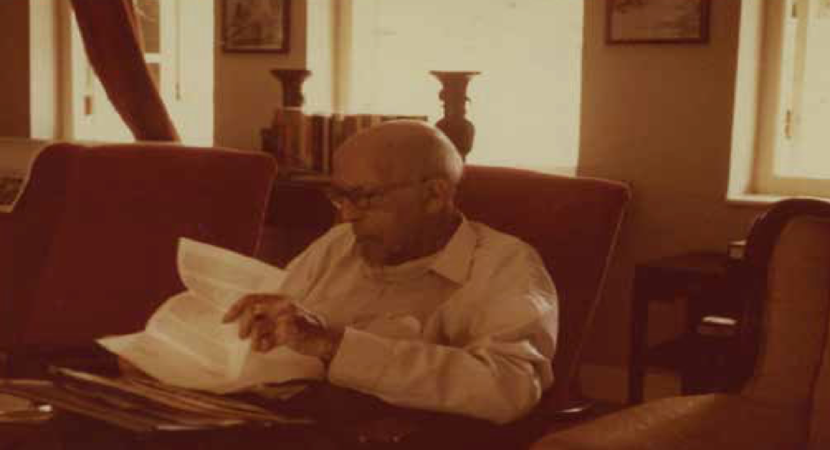
The refurbished and restored bungalow where W. E. B. Du Bois lived, worked, and died with his wife, Shirley Graham. It has a restored flooring, windows, furniture, and fixtures to their original state.
Museum & Library Building
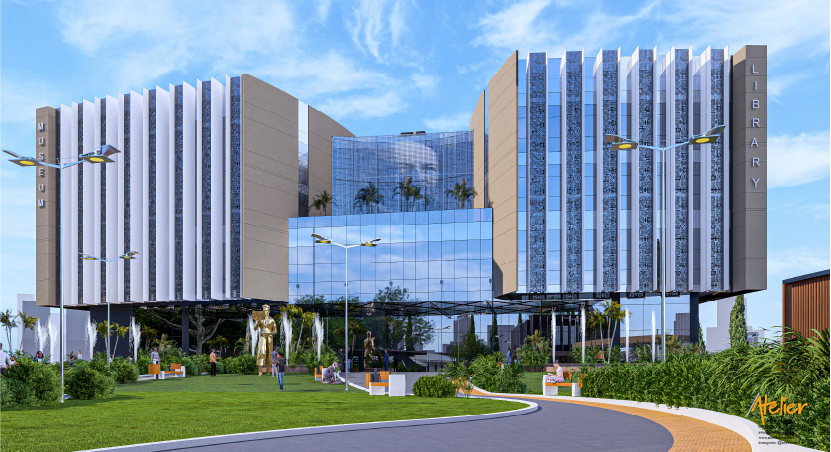
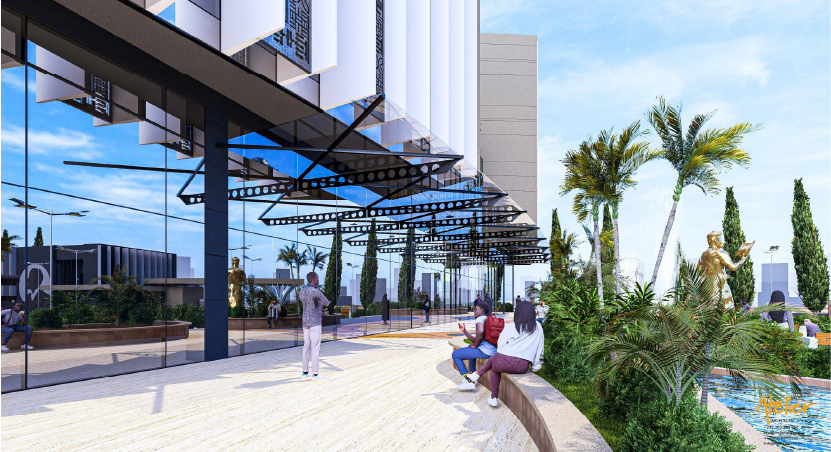
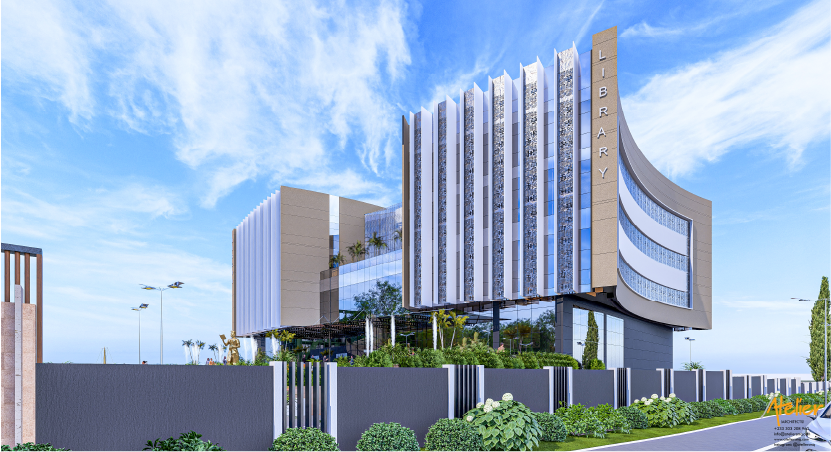
The W.E.B. Du Bois Museum is twinned with the Library. This creates a unity of the scholarship of Dr. Du Bois when alive,
and the presentation of his 95 years of life as captured in the Museum. This is the largest building in the complex and will feature:
- A fully curated museum and gallery
- A library, research, special collection, and reading rooms
- A conference center
- A lab for books and fabric preservation, and
conservation - A digitization and imaging lab
The Museum/Gallery
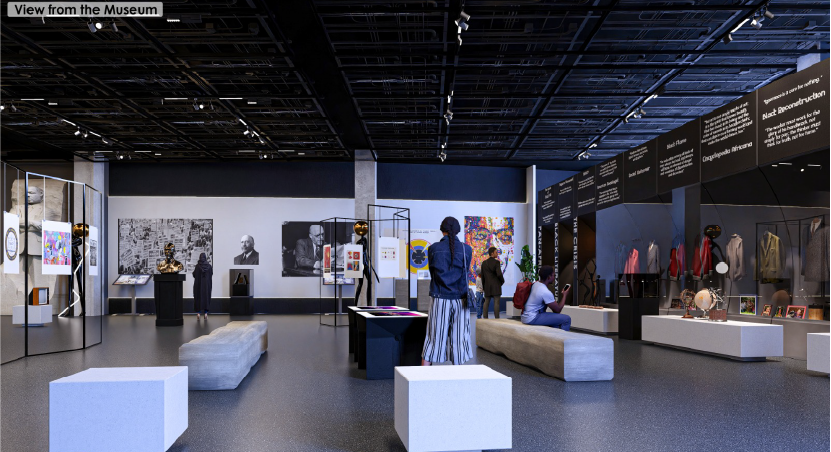
The fully curated Museum/Gallery exhibits historical pictures, mementos, and other items belonging to Dr Du Bois and his wife Shirley Graham.
It celebrates the life and works of Dr. Du Bois in the civil rights movement in the United States, the Pan African (Emancipation) Movement which originated in the United Kingdom, and his work in Ghana
The Library/Research/Reading Room
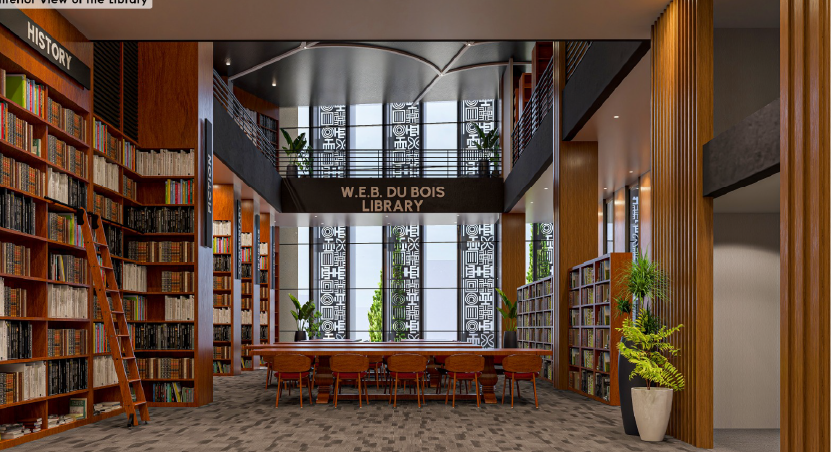
The Library is another important feature of the Complex that contains books, periodicals, and publications by and about Dr Du Bois and his wife Shirley Graham.
It also contains books, periodicals, and publications about the Pan African movement and concept. The Library also contains a special rare books room which houses the personal papers, books, and journals of Dr. Du Bois and Shirley Graham.
The Amphitheater
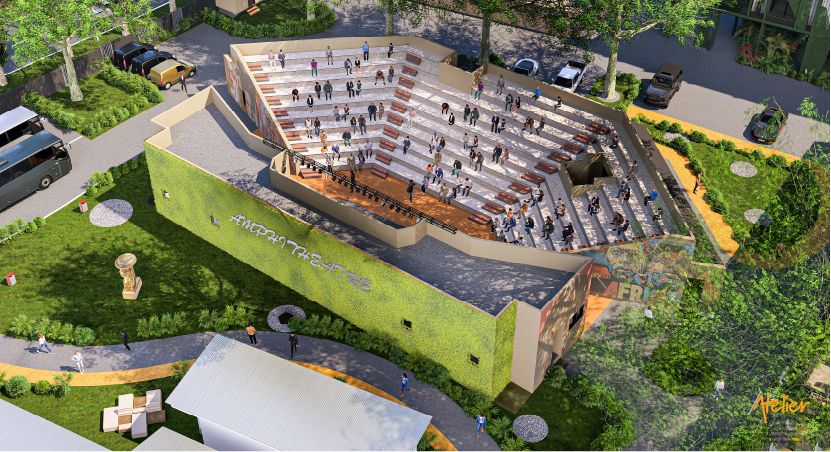
The 200-seat amphitheater captures the link between academics and the community to create a dynamic of active scholarship that were the hallmark of Dr. Du Bois and Shirley Graham.
Active scholarship led Dr. Du Bois to apply scientific inquiry to the lives of the Negro, birthing anthropology/ sociology in the process, and be a co-founder of the US-based National Association for the Advancement of Colored People (NAACP – 1909). Shirley was the first Black female to write a full opera.
Marcus Garvey Scholars Residence
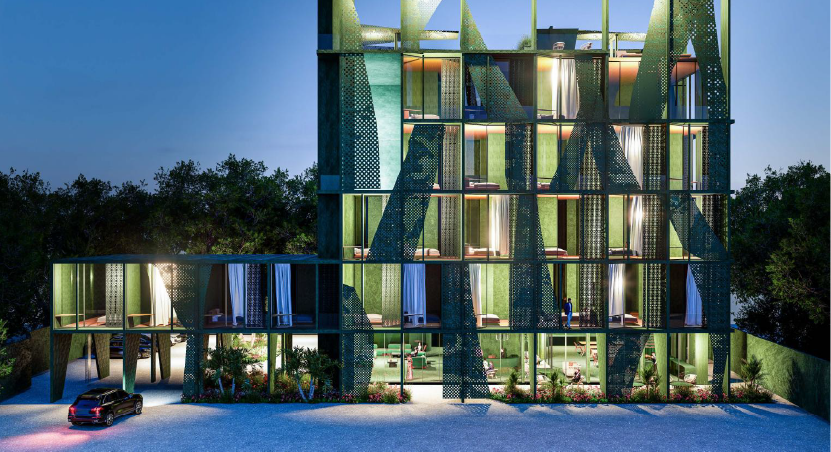
Marcus M. Garvey (1887-1940), of Jamaican origin, was a contemporary of Dr. Du Bois. A Pan Africanist, he led the Universal Negro Improvement Association. The fifty-room Scholars Residence will host academics from around the world for research using the facilities of the Library, Museum, and Bungalow.
Although Garvey and Du Bois often held differing views, both were deeply committed to the upliftment and unity of people of African descent worldwide. This Scholars’ Residence honors their enduring impact and symbolizes a space where new generations of thinkers can build on their legacies through research, dialogue, and cultural exchange.
Restaurant for Tourists, Scholars, and the Public
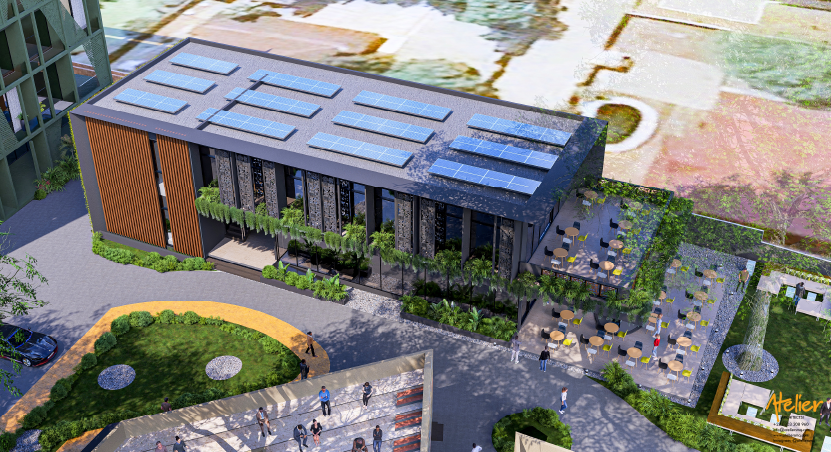
The Museum and Library Complex’s restaurant is meant to enhance the visitor experience by providing a comfortable space to rest, refresh, and socialize. It would offer quality food and beverages that reflect the museum’s identity and cultural theme, cater to diverse dietary needs, and encourage longer stays. It becomes part of the overall experience—inviting, inspiring, and aligned with our tone and aesthetics.
